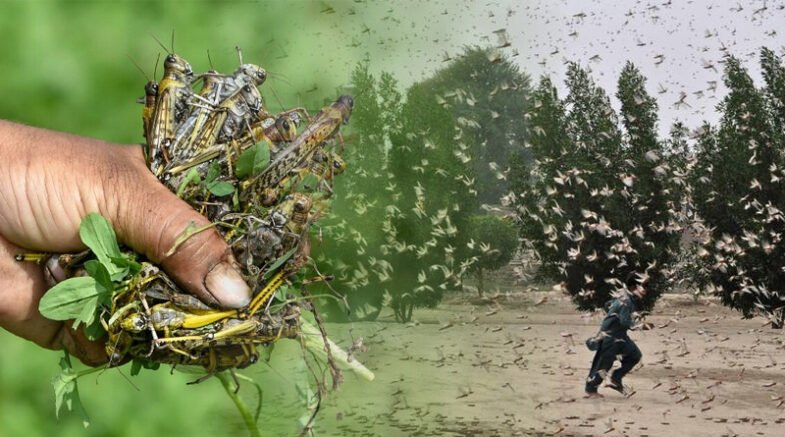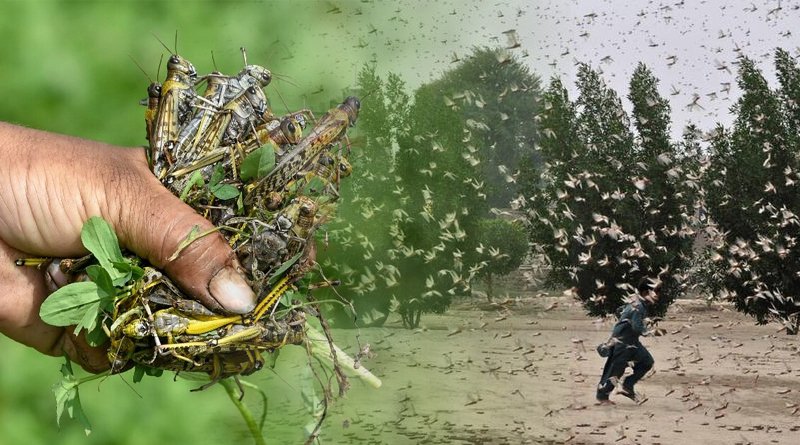When the disaster-affected area is large, spraying chemical pesticides is the most efficient method, according to Tu’s paper.

The locust plague in Pakistan has been brought under control due to the joint efforts of experts from both China and Pakistan. Swarms have been restricted to the eastern border of Pakistan due to aerial spray, and various control measures have been implemented to mitigate the impact.
“We cannot, however, let up on our guard even for a moment.” According to a China Economic Net interview with researcher Tu Xiongbing from the Institute of Plant Protection, Chinese Academy of Agricultural Sciences (CAAS). He recently co-authored a paper with Prof. Hidayat ULLAH titled “IPM-Biological and Integrated Management of Desert Locust.”
When the disaster-affected area is large, spraying chemical pesticides is the most efficient method, according to Tu’s paper. “Biological control techniques can reduce the density in smaller affected areas or for relatively mild plagues. Additionally crucial are preventative measures like safeguarding natural enemies. China has fought against locusts throughout its history.”
“Every dynasty has institutions and rules specifically designed for prevention and control. China has made significant advancements in the field of locust monitoring and control after nearly 60 years of development. With our Pakistani counterparts, we are willing to share all of our knowledge and resources.”
According to Prof. Ullah, China provided Pakistan with pesticides worth USD 4.9 million in February 2020 to aid in the fight against locust plague, as well as technical support from a team of experts. It is discovered that keeping locusts away from farmlands and restricting them to breeding areas is the key to eliminating them in Pakistan.
The effectiveness of China’s microbial control measures, such as fungi and microsporidia that can parasitize locusts to lower population density, depends on Pakistan’s ability to support the domestic strains.
“The outcomes we have thus far are, generally speaking, satisfactory.” Prof. ULLAH echoed Tu’s sentiments when he said, “Although the scale of the experiment is limited, we used a variety of effective biopesticides, including Beauveria bassiana, Metarhizium anisopliae, Nosema locustae, etc., in addition to insecticides such as malathion and cypermethrin.”
To help Pakistan prevent and control major pests like desert locusts and fall armyworm, the Pakistan-China Center for Sustainable Management of Plant Pests and Diseases will be established this year, according to Tu.
China is also about to set up monitoring sites with Pakistan to track the timely migratory flight of these pests.
The migration route of desert locusts is from East Africa across the Atlantic Ocean and into China, with the help of the westerlies. From April to June, they transfer to Pakistan from the Horn of Africa and move back in October and November. As long as the wind is strong and the population is large enough, the plague will have a serious impact on China.
Prof. ULLAH proposed to train graduates in locust control related R&D and collaborate with Chinese universities to get funding for their MS and PhD research.
